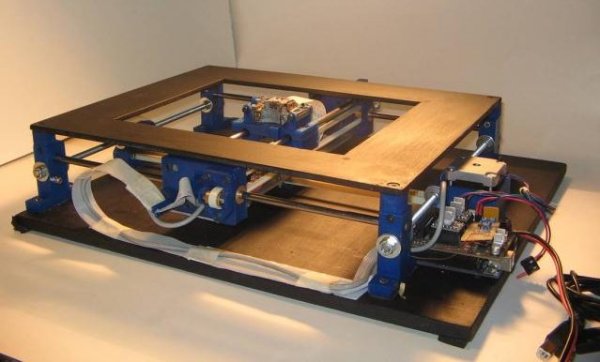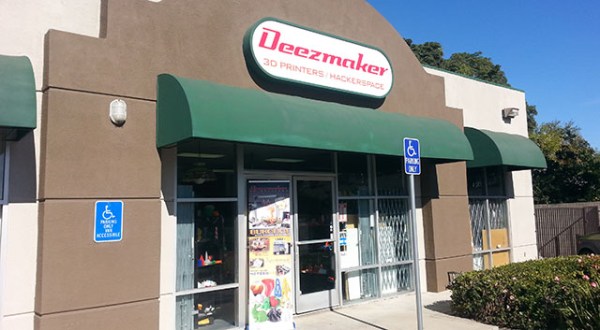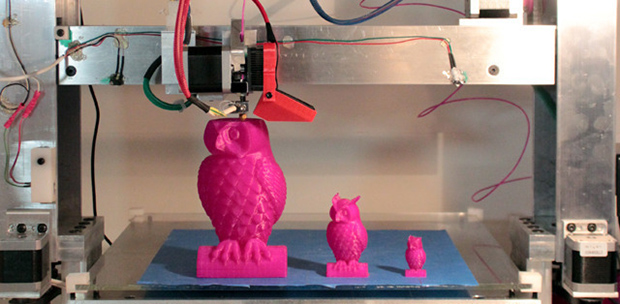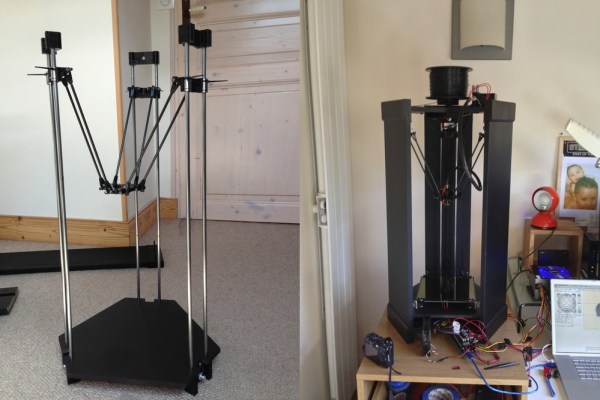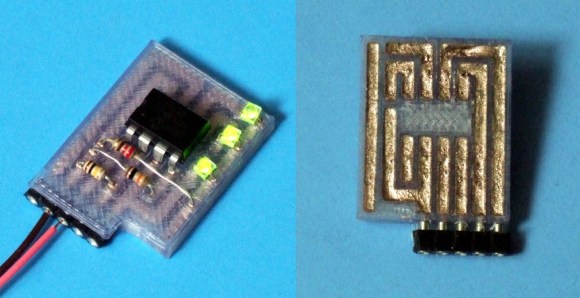
Guess what next weekend is? It’s the Midwest Reprap Festival, in Goshen, Indiana. We’ll also be there keeping tabs on an absurd amount of new RepRaps and other 3D printers, new filaments, and distributing a ludicrous amount of Hackaday swag.
The highlights of the fest include the folks from Lulzbot and UltiMachine, [Prusa] showing off his i3, [Nick Seward] and the Wally, Simpson, and Lisa RepRaps, and hundreds of other RepRappers showing off their latest projects and printers.
Here’s the best part: it’s all free! It would be cool if you register before making the trip out, but any way you look at it, it’ll be an awesome weekend. It’s also the largest US gathering of 3D printer aficionados that isn’t on the east or west coast.

